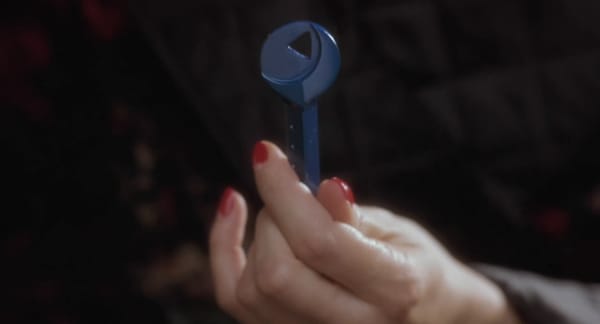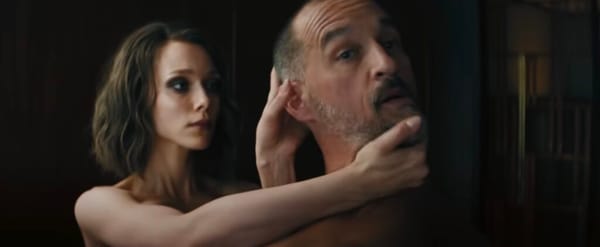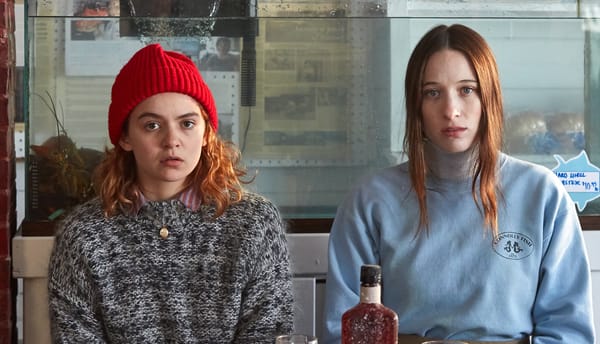Noir Games
"The Long Goodbye" and "Brick" bracket a genre renaissance

(TL:DR – “The Long Goodbye” (1973) and “Brick” (2005) are two private eye updates that transcend and transform their genre. You should watch them.)
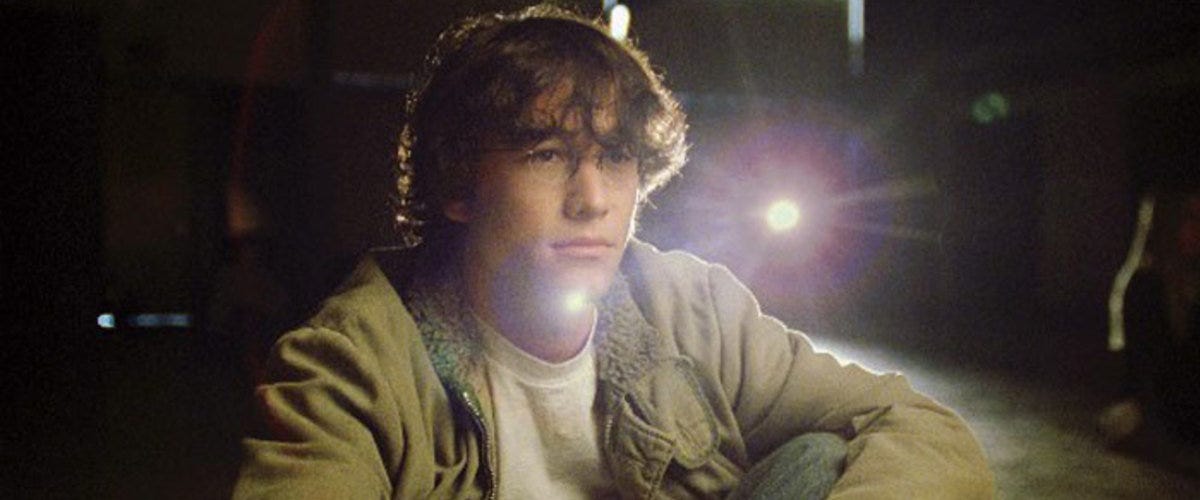
What makes the Criterion Channel the most addictive streaming service out there isn’t the movies – or just the movies. It’s the programmers’ curatorial skill at putting together collections organized by stars, directors, and themes. I’m kicking myself that the films in the Mitchell Leisen festival left the service at the end of July, because I would have loved to have devoted a newsletter to that underappreciated director of hot little Paramount comedies and romances. (1935’s “Hands Across the Table,” with Carole Lombard and Fred MacMurray, is still on the service, so pounce while you can.)
Criterion is currently spotlighting a “Neo-Noir” collection that’s a doozy: 26 moody, broody films from 1970 to 2005 that transpose the shadowy hallmarks of classic Noir – high-contrast lighting, free-floating paranoia, untrustworthy dames, the inexorability of fate – to the Watergate era and beyond. The series includes touchstones like “Chinatown” (1974), Robert Mitchum’s late-inning Philip Marlowe films “Farewell My Lovely” (1975) and “The Big Sleep” (1978), and the “Double Indemnity” revamp “Body Heat” (1981) with Kathleen Turner and William Hurt charring the edges of the screen. There’s Brit Noir (“The Hit” from 1984, “Mona Lisa” from 1986), the Coen brothers’ debut (“Blood Simple,” 1984), and Brian De Palma’s best (“Blow Out,” 1981, you heard me and no arguments).
Wim Wenders’ Patricia Highsmith adaptation, “The American Friend” (1977), with Dennis Hopper as an aging Tom Ripley? Sure, why not. Alan Rudolph’s phantasmagoric “Trouble in Mind” (1985), a bruised and forgotten future noir with Kris Kristofferson, Lori Singer, and a perfect Mark Isham score? Yes, please. And you should take any chance you have to visit or revisit Arthur Penn’s “Night Moves” (1975), with Gene Hackman as a cosmically befuddled P.I. and the bleakest ending of a bleak decade. About the only thing missing here as far as I can tell is Paul Thomas Anderson’s 2015 Pynchon adaptation “Inherent Vice,” which in its rueful, wayward way, seems to sample all of these films.
Ty Burr’s Watch List is a reader-supported newsletter. Both free and paid subscriptions are available. Those who want to support my work are encouraged to take out a paid subscription.
Two films in the “Neo-Noir” series stand out enough for me to recommend them to you as a double shot of cinematic rye*. The first is Robert Altman’s “The Long Goodbye” (1973), the movie that even more than “Chinatown” dismantled the moral timbers of the classic private eye movie and rebuilt them for an Age of Anxiety. When I first saw the film way back when, I’d just come off a huge Dashiell Hammett/Raymond Chandler jag, and Altman’s update struck me as heresy, with a slovenly Elliott Gould as Marlowe and an ending that spits in the face of the genre’s traditional code of honor.
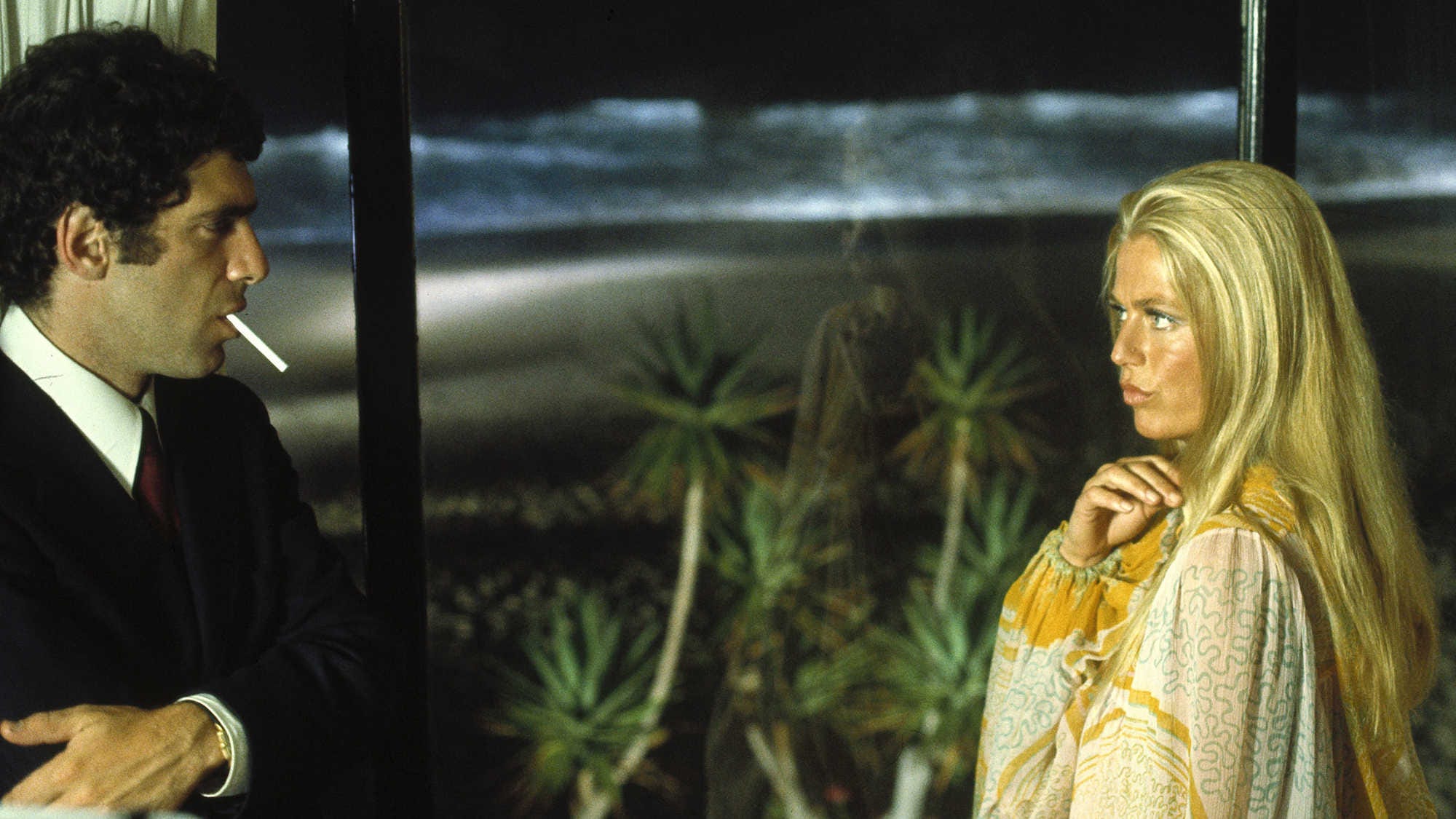
I was wrong, of course, as a more recent viewing reminded me. Gould isn’t slovenly at all — he’s the only guy in the movie wearing a suit! Altman’s reliance on relatively untested actors pays off in spades with Nina Van Pallandt (who I was delighted to learn is still with us at 89), less so with Jim “Ball Four” Bouton as the slippery Terry Lennox. (He was a last-minute draft pick to replace an ailing Stacy Keach.) And, yes, that is a young, unbilled, baby-faced Arnold Schwarzenegger as one of Rydell’s thugs.
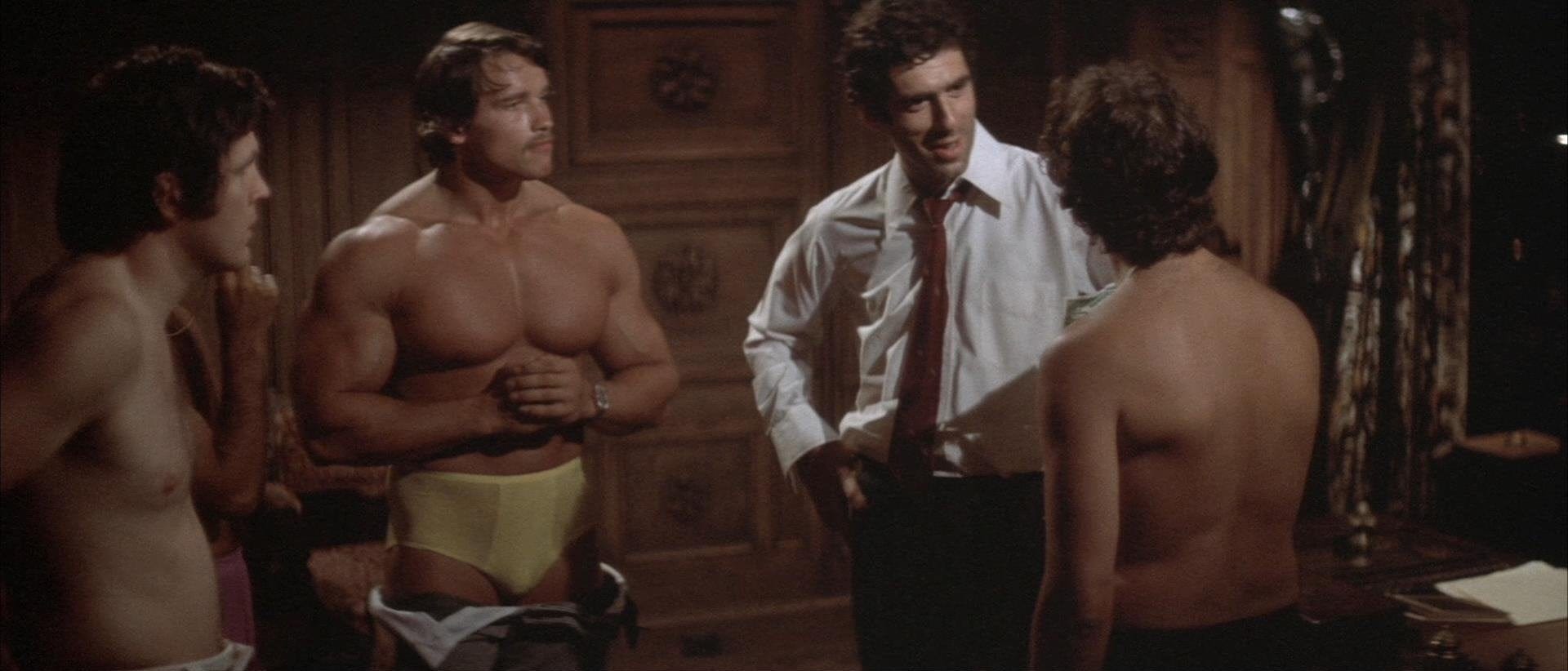
With its oddball longueurs and the most shocking act of noir violence since Lee Marvin threw a pot of boiling coffee in Gloria Grahame’s face in “The Big Heat” (1953), “The Long Goodbye” radically reset Noir and proved its structures could hold infinite variations. One necessary convention remains: that the hero be out of joint with his or her times – again, think Gould with his suit and tie in hippieland. A distrust of authority and a belief that the bread will always fall butter side down are crucial, too. All three pertain to the chronologically final movie in the “Neo-Noir” series: “Brick” (2005), in which writer-director Rian Johnson sets a classic private-eye narrative in a modern California high school. Down these cinderblock halls a boy must go.
It’s both a gimmick and more than a gimmick, because Johnson loves the genre too much to make fun of it. Instead, he finds analogues everywhere. Joseph Gordon-Levitt’s Brendan is a bespectacled Bogart piercing the murk and mendacities of a corrupt society to find out who killed his ex-girlfriend. Nora Zehetner is the school Queen Bee with a piece of every action and an unknowable soul – she’s Jane Greer from “Out of the Past” disguised as Molly Ringwald from “The Breakfast Club.”
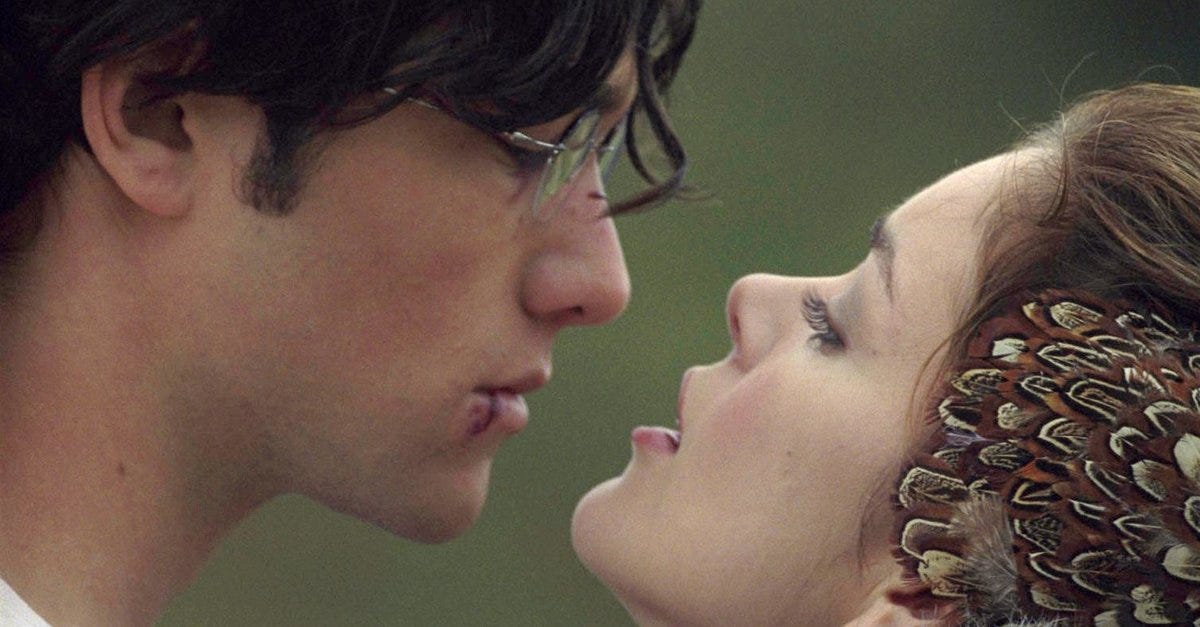
Lukas Haas shows up in a Barnabas Collins cape as the Pin (short for Kingpin), who if this were a Warner Brothers movie from 1944 and Michael Curtiz were directing would be played by Sidney Greenstreet. Noah Fleiss as a goon with a broken heart; Noah Segan as a jittery lowlife with a collapsible spine. The theater kids have their own dramas going on and Brendan’s only back-up is a kid called The Brain (Matt O’Leary), who’s like if the Internet were a person. No one goes to classes; no parents are seen aside from the Pin’s mom; the only functioning adult is an assistant vice principal (played by Richard Roundtree!) who’s the movie’s equivalent of the cop who keeps hauling Marlowe in for questioning. The source of the movie’s satisfaction is not just Brendan’s ability to outthink, outrace, and, very occasionally, outpunch everyone coming at him. It’s that he’s that last idealist standing in a world of the fallen.
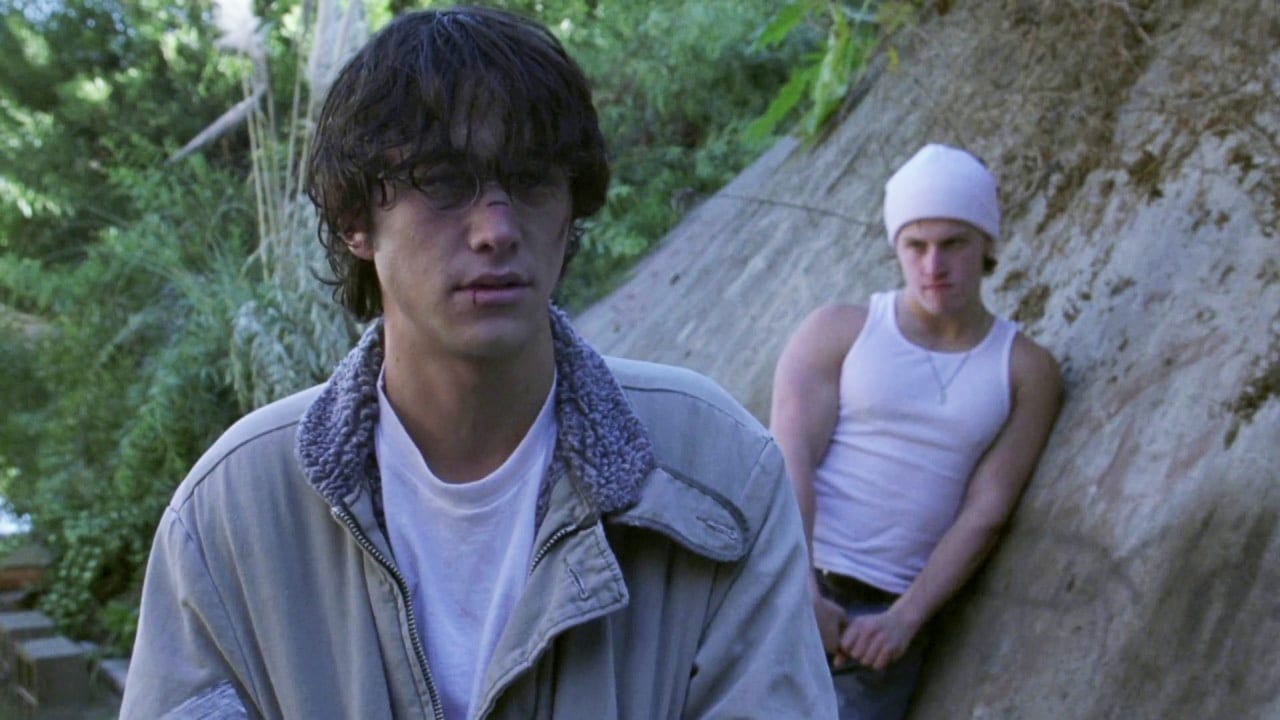
This is the movie that made me think Rian Johnson might have the goods, because he took what another filmmaker would have treated as a jokey pastiche and filled it with real hurt, real longing, and real craft – all on a less-than-real budget. My faith was subsequently tested by his follow-up – a teeth-grinding slab of whimsy called “The Brothers Bloom” (2008) – but then rewarded with the wonky time-travel action film “Looper,” a “Star Wars” entry (“The Last Jedi,” 2017) that for my money is the most well-directed of the entire lot, and the sublime murder-mystery confection “Knives Out” – again, a rejiggering of a genre that simultaneously spoofs, honors, and reinvigorates its beloved cliches.
That Johnson is now being paid, presumably handsomely, to make “Knives Out 2” and “Knives Out 3” for Netflix is cause for either cheer or concern. Probably both. He’s at an interesting crossroads in his career, one similar (perhaps) to Robert Zemeckis when that director went from the anarchic delights of early films like “I Wanna Hold Your Hand” (1978) and “Used Cars” (1980) to “Back to the Future” sequel success and on to the middlebrow, Oscar-winning banalities of “Forrest Gump.” I would like to think that Rian Johnson can avoid the same sort of trap. I’d like to think he understands the movies don’t have to be serious as long as the moviemaking is.
*“The Long Goodbye” and “Brick” are both streaming as part of the Criterion Channel’s Neo-Noir package, but they can be rented on other platforms as well. “The Long Goodbye” is on Paramount+, Amazon, and Vudu; “Brick” is on Amazon, Apple TV+, Google Play, YouTube, and more. Enjoy.
If you enjoyed this edition of Ty Burr’s Watch List, please feel free to share it with friends.
Or subscribe. Thank you!


